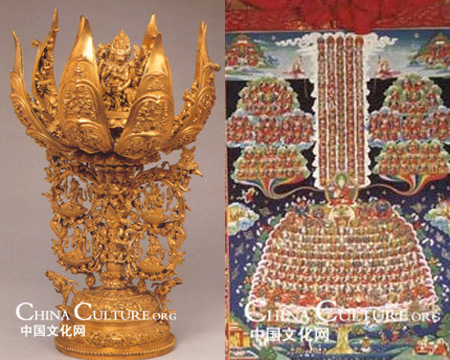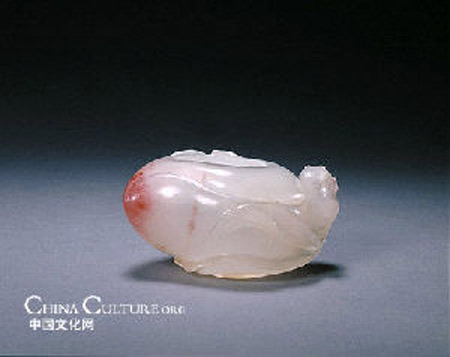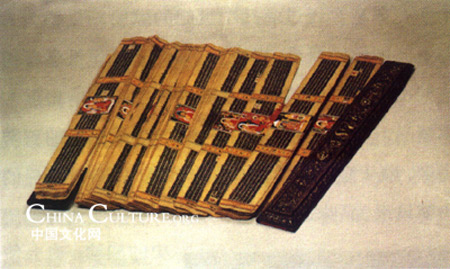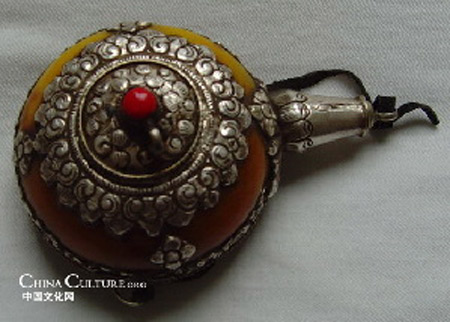
Photo shows the eight-petalled lotus flower Yamantaka guardian figure from the 14th century (L) and the stupa Thangka with Emperor Qianglong's signature from the 17th Century (R), photo from chinaculture.org.
The Potala Palace Treasure Hall, located in the Zhol City at the foot of the Potala Palace, is open to the public on Aug 11 with many rare artifacts on shown for the first time. On the same day, the Tibet Museum is also open to public for free.
Zhol, meaning "below" in the Tibetan language, refers specifically to a village or town right below a mountainside castle. Zhol City (Xuecheng), also known as Snow City, is located on the lower boundary of the Potala Palace's entrance which is a frontispiece built of its era. Since its grand opening on May 31, 2007, Zhol City has become a hot spot in Lhasa.
The three-storey Treasure Hall costing ten million yuan takes up about 2,000 sq m. According to the related publicizing material, the Treasure Hall will be divided into two parts for eight units including about 200 sets of cultural relics and photos.

Photo shows a peach-shape Agate Cup made in the 17th century displayed in the Treasure Hall of Potala Palace, Lhasa, capital of southwest China's Tibet Autonomous Region, photo from chinaculture.org.

Photo shows a attra-leaf sutra from the 9th century, photo from chinaculture.org.

Photo shows a snuff from the 18th century, photo from chinaculture.org.
